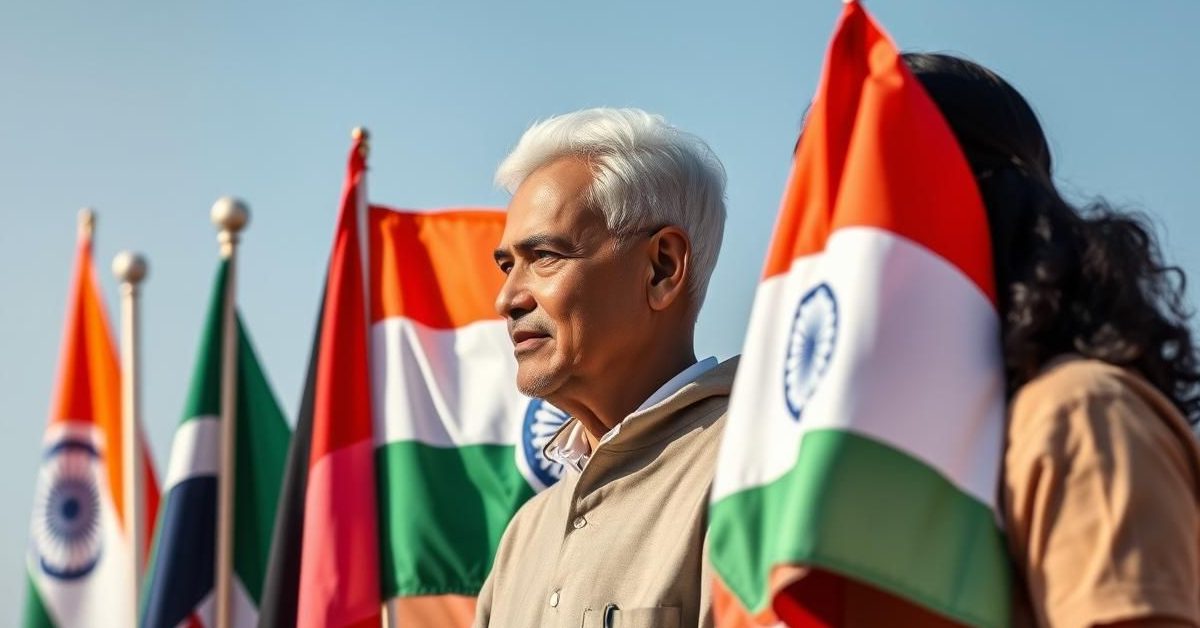This article explores two key areas of global and domestic governance: how the BRICS grouping is challenging the Western-led international order and the crucial role of the Deputy Chairman in ensuring legislative continuity when India’s Vice-Presidential office is vacant.
BRICS: Reshaping the Global Economic Landscape
The BRICS group, initially formed to challenge the norms of multilateral economic institutions like the IMF and World Bank, is now significantly altering international politics. It offers a platform for countries aspiring to greater global leadership, particularly those from the Global South.
The post-World War II international system, primarily led by the West, established institutions like the IMF, World Bank, and WTO. This order emphasized free markets, democracy, and crucially, the dominance of the US dollar in global finance. BRICS aims to rebalance this influence.
A key focus for BRICS is “de-dollarization,” a concept gaining momentum, especially after recent geopolitical events led to the weaponization of financial systems through sanctions. The reliance on the US dollar for most global trade and finance gives the US considerable financial and political leverage.
While a common BRICS currency remains a long-term aspiration, the group strongly encourages trade in local currencies. For example, Russia and China conduct over 80% of their trade in rubles and yuan. India has also begun settling some transactions in rupees with countries like Iran, Sri Lanka, and the UAE, alongside dirhams.
To further reduce dollar exposure, the BRICS-founded New Development Bank (NDB) now issues loans in local currencies. This move isn’t just about lowering transaction costs; it signifies an effort to break away from a system perceived by many in the Global South as being biased against them. BRICS positions itself as a collective voice for these nations, seeking to shift not only policy but also the narrative on legitimate development and global leadership.
Ensuring Continuity: The Vice-President’s Office and Rajya Sabha
In India, the Vice-President serves as the ex-officio Chairman of the Rajya Sabha, the Upper House of Parliament. This dual role is vital for legislative functioning. A crucial provision ensures continuity when the Vice-President’s office falls vacant.
Unlike the President’s office, for which the Constitution mandates a vacancy to be filled within six months, there’s no specific timeframe for a Vice-Presidential vacancy. The election must simply occur “as soon as possible.” Importantly, the Constitution does not provide for an “acting Vice President.”
To maintain legislative proceedings, the Deputy Chairman of the Rajya Sabha steps in to preside over the House during the Vice-President’s absence or when the office is vacant. This arrangement safeguards legislative continuity and the balance of power within Parliament.
The hierarchy of presiding officers in Rajya Sabha further ensures smooth operation. Beyond the Chairman (Vice-President) and Deputy Chairman, there’s a Panel of Vice-Chairmen, nominated by the Chairman from among Rajya Sabha members. If both the Chairman and Deputy Chairman are unavailable, a member from this panel presides.
- BRICS actively challenges the Western-led liberal international order through de-dollarization and parallel financial institutions like the NDB.
- De-dollarization efforts involve promoting trade in local currencies to reduce reliance on the US dollar.
- When the Vice-President’s office is vacant, the Deputy Chairman presides over the Rajya Sabha, ensuring legislative continuity.
- India’s Constitution does not provide for an acting Vice-President, but mandates the election “as soon as possible.”
These mechanisms, both international and domestic, highlight ongoing shifts in global power dynamics and robust frameworks designed to uphold democratic governance and parliamentary stability.















